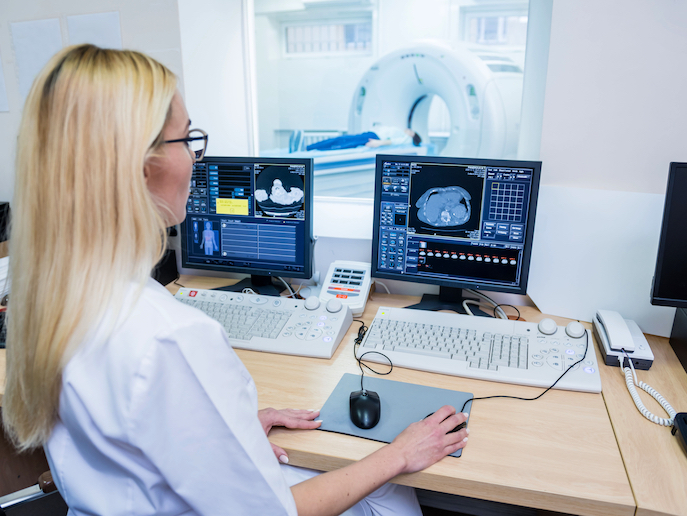Increasing the use of advanced 3D imaging techniques
The future of imaging will be done in 3D. But to play a part in this 3D revolution, Europe must have a workforce skilled in the use of 3D imaging modalities. “Our shortcomings in handling and analysing terabytes of 3D data is already impacting the scientific insights we can extract from many data sets,” says Jens Wenzel Andreasen(opens in new window), a professor at the Technical University of Denmark(opens in new window). “With the advent of faster acquisition times and multidimensional modalities, we will soon move into an era where we will be handling petabytes of 3D data.” With the support of the EU-funded MUMMERING(opens in new window) project, Andreasen is working to help ensure that Europe’s next generation of imaging scientists are prepared to handle such vast amounts of 3D data. “We created a doctoral programme that trained 15 early-stage researchers (ESRs) in the use of 3D imaging modalities,” explains Andreasen. “The goal was to give them the training they need to prevent massive amounts of valuable tomography data from ending up on a virtual scrapheap.”
A platform for conducting tomography experiments
The ESRs were enrolled in an intensive, network-wide doctoral training programme that covered all aspects of 3D imaging. “At the heart of the training was an open access, open-source, collaborative platform,” notes Andreasen. “This platform allowed the ESRs to collaborate and gain hands-on experience with the entire imaging workflow, from data acquisition to reconstruction, segmentation, physical modelling and the creation of temporal models, or 3D movies.” Each ESR used the MUMMERING platform to conduct their own tomography experiments. Topics included rapid small angle X-ray scattering tensor tomography, X-ray computer tomography-based numerical modelling of fibre-reinforced composites, a novel acquisition scheme for electron tomography, and spectral joint reconstruction and material classification from multi-energy computed tomography, amongst others. The ESRs showcased their work through video presentations, which can be viewed on the MUMMERING YouTube channel(opens in new window).
Highly qualified early-stage researchers
Andreasen says that the project coordinators were particularly impressed by how well the ESRs worked with each other – not an easy feat considering that much of this work was done in COVID-19 imposed isolation. “The ESRs even shared each other’s work to ensure everyone benefited, a level of collaboration that is often missing in many research projects,” he adds. Each ESR left the project as a highly attractive – and sought-after – PhD with the practical, qualified experience needed to take on industrial-level research.
Addressing industry-relevant problems
According to Andreasen, the MUMMERING project, which was undertaken with the support of the Marie Skłodowska-Curie Actions programme(opens in new window), succeeded at increasing the industrial uptake of advanced 3D imaging techniques. “The project’s results address industry-relevant problems and identify important properties that can be extracted from tomographic data,” he says. “In doing so, we’ve opened the door to a new generation of applications that could impact medical computed tomography, in vivo studies and materials processing.” However, the project’s most important outcome is the cohort of highly trained professionals. “These ESRs have created a strong network, both with other researchers and with our industry partners, that will benefit them throughout their careers,” concludes Andreasen.



